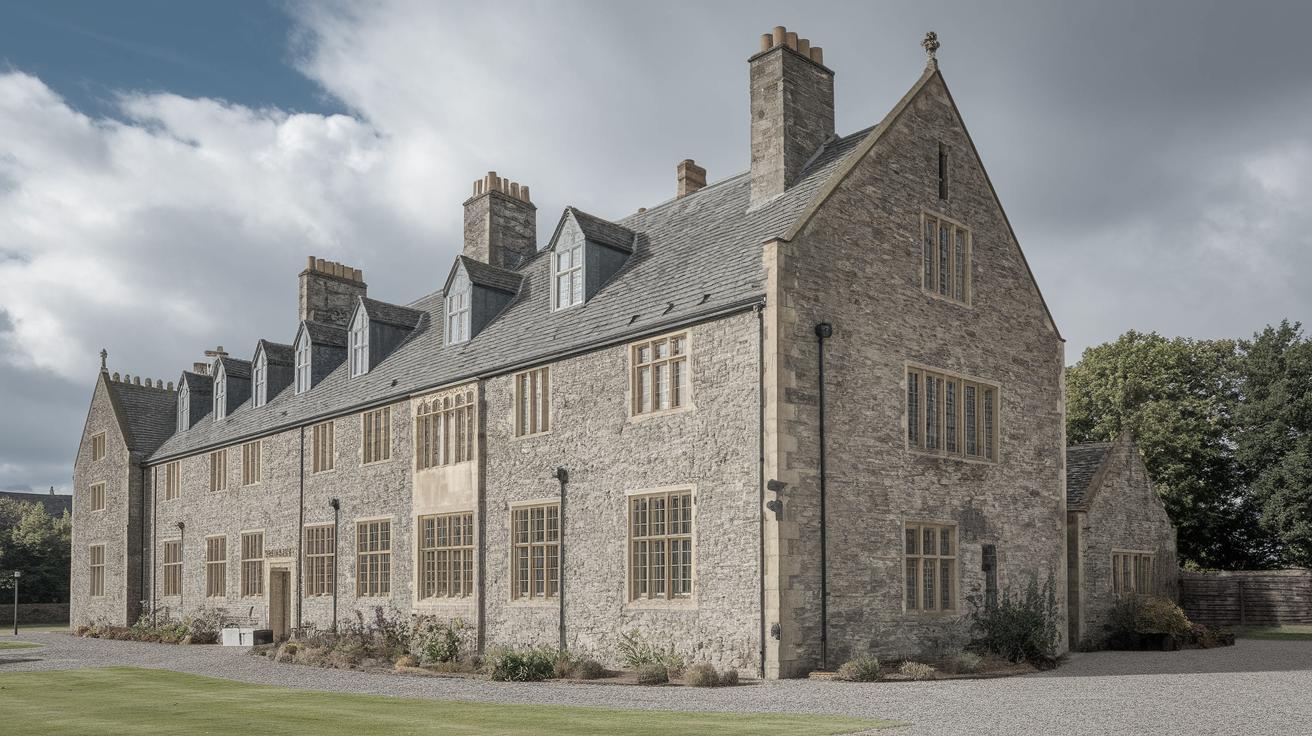Exploring the History and Legacy of Mary, Queen of Scots
The history of Mary, Queen of Scots is one deeply ingrained in the tumultuous landscape of 16th-century Scotland and England. Her life is a riveting story of claim to the Scottish throne, political intrigue, betrayal, and tragedy. Through this blog post, we will delve into significant places that played pivotal roles throughout Mary’s life. From the aggressive military campaigns during the ‘Rough Wooing’ to the storied walls of Neidpath, each location holds a distinct personality that speaks to an era of power struggles and survival. This guide will lead you on a journey through history, visiting the narratives surrounding the Battle of Ancrum Moor, the allure of Traquair & Ettrick Forest, and the drama housed in Jeddart & The Hermitage. Join us as we walk in the footsteps of a queen who remains a compelling figure of strength and mystery.
The World of Mary, Queen of Scots
Mary, Queen of Scots, born in 1542, was a figure enveloped in legendary tales and historic complexities. Her life, often romanticized, was laden with power struggles, religious conflicts, and political alliances. While her tumultuous reign ended with execution in 1587, her influence endures through the places she lived and the sites intimately connected to her rule.
Mary’s engagements with various noble houses and castles across Scotland tell the story of a queen navigating through constant turmoil amidst rivalries with England. The very land bears witness to the intense and often tragic episodes of her life, offering a tangible connection to her legacy.
The ‘Rough Wooing’
The ‘Rough Wooing’ was a destabilizing series of military conflicts initiated by England in 1544, orchestrated by Henry VIII. The campaign aimed to force Mary into a marriage alliance with his son, Prince Edward, thereby uniting the crowns of Scotland and England. This period was notably marked by widespread devastation and resistance from Scots loyalists.
Mary’s early years were shaped by the violence of this military conflict. The ‘Rough Wooing’ resulted in many burned villages and displaced Scots, fuelling lasting animosities. For Mary, these experiences formed a backdrop of resistance and resilience, impacting her political decisions and alliances for years to come.
The Battle of Ancrum Moor – 1544
The Battle of Ancrum Moor, one of the most significant conflicts during the ‘Rough Wooing,’ took place in 1545. This battle was a triumphant display of Scottish resilience. Led by Archibald Douglas, the Scots managed to defeat a much larger English force, highlighting the ferocity and tactical brilliance of the Scottish army.
The victory at Ancrum Moor not only bolstered Scottish morale but it also served as a harsh reminder of the constant threat from the South. Although Mary was too young to play a direct role, the impact of this and similar encounters would haunt her reign, emphasizing the constant struggle for sovereignty and national identity.
Neidpath – 1563
Years later, Neidpath Castle became a place of significance during Mary’s reign. Situated in the Borders, it played host to Mary in 1563, showcasing her influence and dedication to maintaining connections with Scottish nobility. The Castle, with its scenic backdrop and formidable architecture, served as both a refuge and a statement of power.
Visitors today can still explore Neidpath Castle, walking in the footsteps of Mary and capturing the essence of her time. The castle remains a living testament to Scotland’s medieval heritage and to the complex, political landscape of Mary’s era.
Traquair & Ettrick Forest – August 1566
In 1566, Mary visited Traquair House and the surrounding Ettrick Forest. Traquair, the oldest continuously inhabited house in Scotland, welcomed the queen as she sought political counsel and reinforcement of ties with influential subjects. The visit highlighted the strategic association between monarchy and local governance.
The serene Ettrick Forest provided solitude and reflection, standing in contrast to the turbulence of court politics. These locations, rich in history, afforded Mary a brief respite from her responsibilities and betrayals soon to unsettle her reign.
Jeddart & The Hermitage – October 1566
October of 1566 brought Mary to the Hermitage Castle in the Borders. Despite her marital and political troubles, Mary famously rode to the Hermitage to assess her loyal ally, James Hepburn, Earl of Bothwell, who was recuperating from injuries. This act of loyalty is often recounted as emblematic of her determination and leadership.
The Hermitage Castle, encapsulating rugged fortitude, illustrates the formidable challenges Mary faced and her steadfast refusal to concede to overwhelming odds. Today, visitors can explore the Castle, capturing an essence of the intrigue and drama that defined Mary’s life and her reign.
Summary of Main Points
| Location | Event | Significance |
|---|---|---|
| The ‘Rough Wooing’ | Military conflict initiated by England (1544) | Attempt to force royal marriage alliance |
| Battle of Ancrum Moor | Scottish victory over English forces (1545) | Boosted Scottish morale and resilience |
| Neidpath Castle | Mary’s visit in 1563 | Strengthened connections with nobility |
| Traquair & Ettrick Forest | Visit in August 1566 | Political counsel and retreat |
| Jeddart & The Hermitage | Visit to Earl of Bothwell in October 1566 | Showcase of loyalty and resilience |
